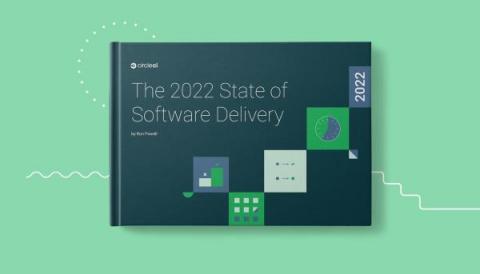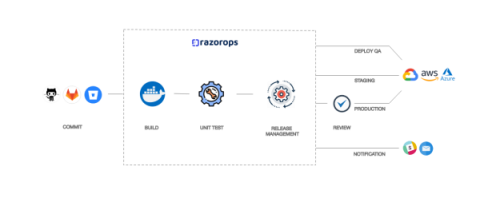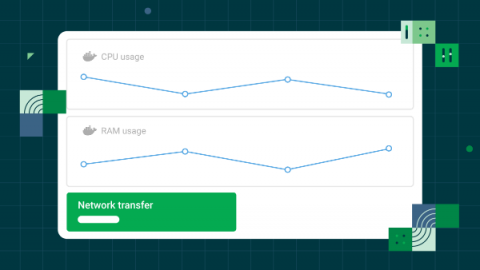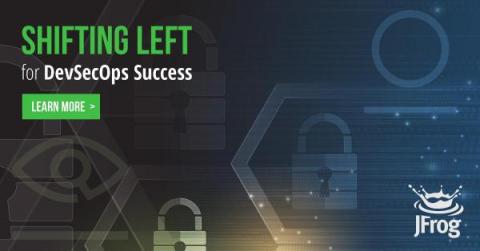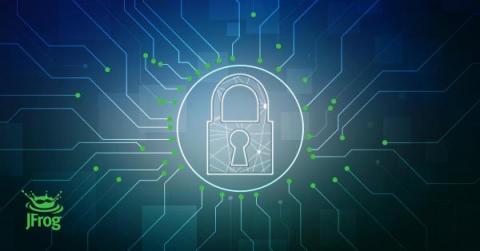Cloudsmith Supports OpenSSF's Efforts to Secure OSS
As part of our mission to make it simple to secure software at scale through Continuous Packaging, Cloudsmith is excited to announce that we have become an Open Source Security Foundation (OpenSSF) member. OpenSSF is a cross-industry forum for a collaborative effort to improve security in open source software (OSS). One software pipeline's output is another's dependency- we are all splashing around in each other's supply chains.



